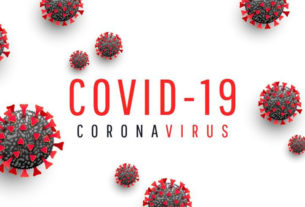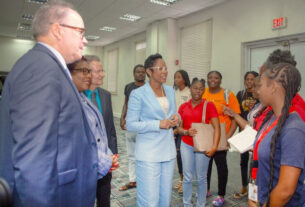Laboratory Director at the Best-dos Santos Lab, Songee Beckles, has explained how the lab determines a positive test from the thousands of samples received on a daily basis, during the COVID-19 pandemic.
Ms. Beckles was responding to a query raised by Prime Minister Mia Amor Mottley regarding retesting samples due to the inconclusive nature of the first tests, during a media briefing at Ilaro Court to update the nation on the COVID-19 pandemic.
The Laboratory Director reasoned that the method used by lab officials involved a screening test and a confirmatory test and in the case of a test which may appear to be positive, a repeat is done on that test as well as on the confirmatory gene to ensure that it is a “true positive”.
She also clarified the testing range of the samples to give a better understanding about why some COVID-19 positive patients were asymptomatic, and still testing positive for the virus.
“What we look for from the PCR – we are looking for fluorescents. So, the virus, if it is present, is tagged to a fluorescent signal and in the machines that we use at the laboratory, it actually then detects that signal. For a person to become positive or to show up as being positive in our system, there is a cut off or a mark at which we say that the test is positive and then it is negative.”
Ms. Best continued: “That range of cut off means that the persons must come before what we consider the cycle or a cut off of 38. Once anyone is past that 38, it means any slight signal is actually a false signal or a negative. So for us, any person that comes up between 0 and 38 usually happens between 15 and 38 we would consider that person being positive for COVID-19. So, it can range from if we have persons that are doing very well or mildly ill, or even recovering, their actual cut off may be closer in the 30s – 35,38 – which means they are near recovery stages of the infection.”





